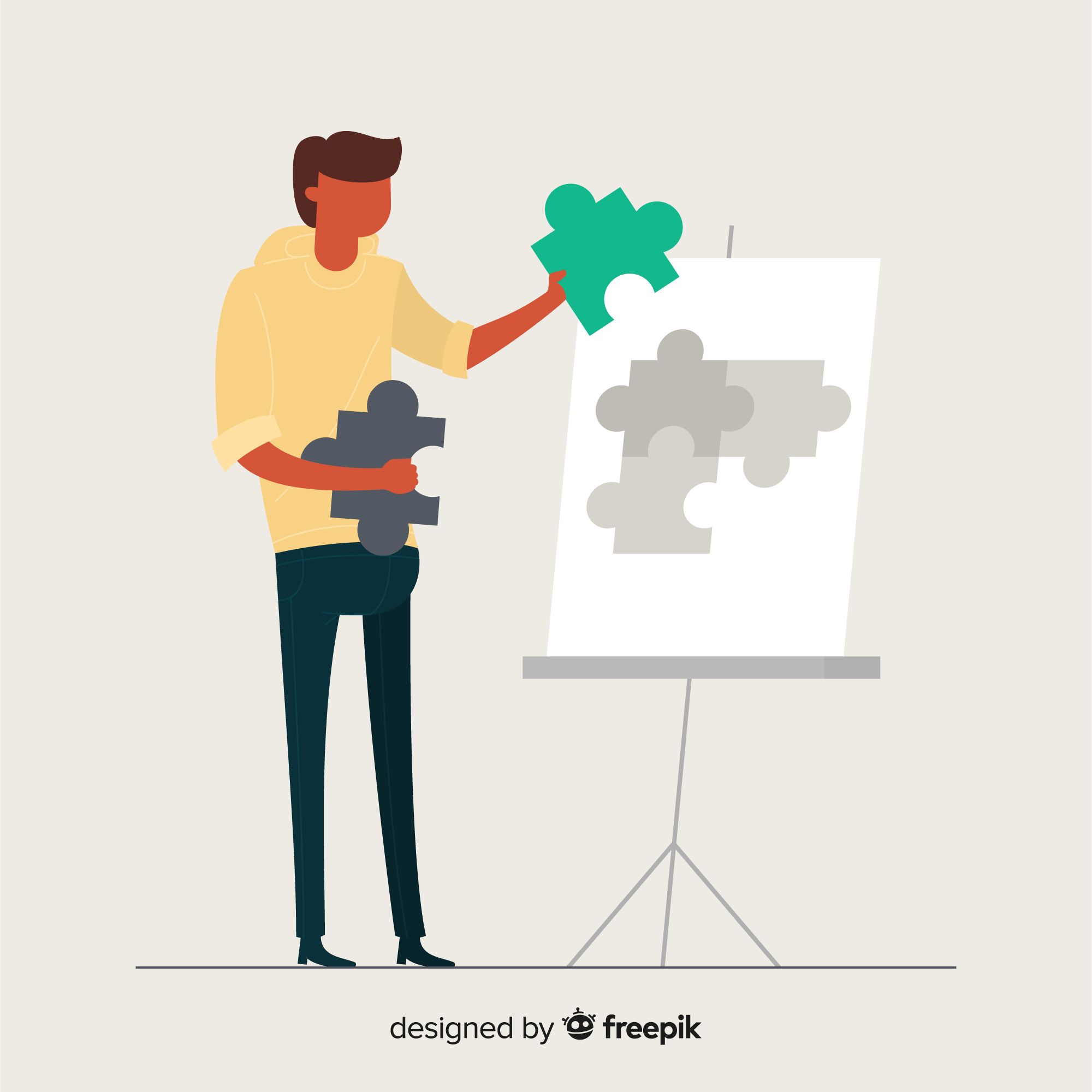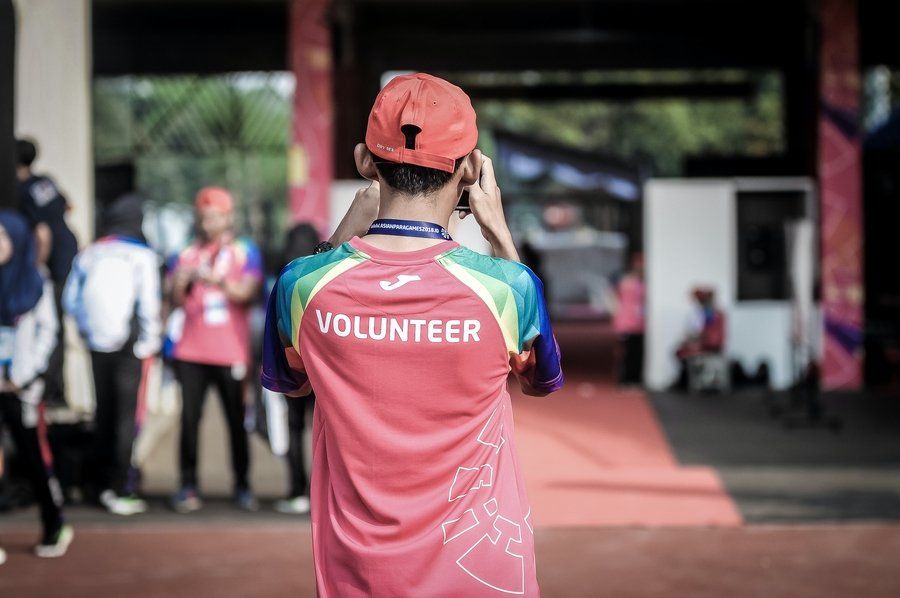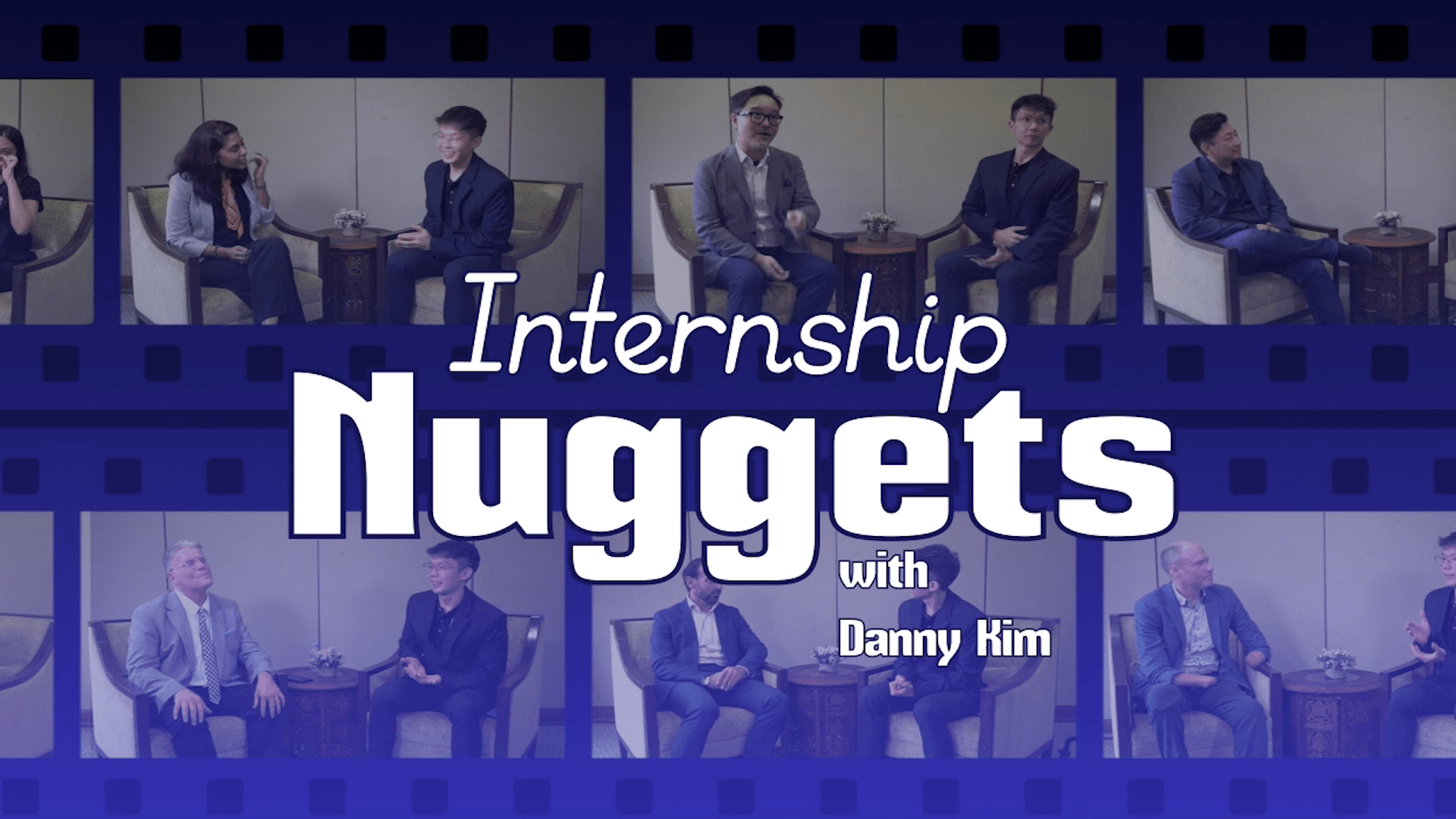Leadership Collective

Motivator, hero, inspiration, visionary, guide, manager, supervisor are some of the common answers received when asked who is a leader to a sample of 150 respondents. When a subset of the same sample of respondents were asked to give two responses each for the same question, the combination of answers stood like Coach and Motivator, Hero and Manager, Visionary and Supervisor, Inspiration and Teacher, although the two traits mentioned need not necessarily be displayed by the same person or by two people performing the same roles. Among the myriad of definitions of leadership available, one that stands out to be simple and more generic states,
“(Leadership is) the capability and will to rally men and women to a common purpose and the character which inspires confidence.” – General Montgomery.
Various styles of leadership emerge every now and then. There is always a current leadership buzzword in the leadership arena. The recent ones are like servant leadership, organic culture, horizontal organization, and more. Sometimes the focus on a single term is so much that it appears as if that single term or trait is the definition of leadership or a particular behavior alone is leadership. This article is an attempt at exploring various styles of leadership, if some style of leadership is really out-of-date and if there is one leadership style that is the need of the hour.
Leadership Traits and Styles
There are multiple components that are attributed to leadership qualities like empathy, communication, personality, foresight, ambition, commitment and team spirit to name a few. Depending on the need a particular trait or behavior gets exhibited in greater magnitude as compared to the other traits and the leadership style gets identified by that particular trait. These traits define the role the leader plays.
Leadership literature is aplenty with various styles of leadership. Gathering from multiple research papers the following nine styles come out as the most common ones.
- Visionary Leader: Provides the purpose of existence of the business, larger picture, inspires the team to follow his/her vision, shows destination but not necessarily provide the direction.
- Director: Provides the direction to travel in, clearly defined milestones and time frames to reach the milestones.
- Coach: Helps the team members become ‘better them’, doesn’t train them technically or on job, but helps in self-discovery and to achieve results.
- Transformational Leader: Realigns the business’ process, mindset and positioning to adapt and evolve to the current needs of the ecosystem.
- Transactional Leader: Does his role with an ‘operational efficiency’ mindset and drives/motivates the team to excel in their operations with not much attention to any other element
- Delegator: Divides and assigns the work in such a manner that the right job reaches the right person that not only ensures the best business results but also empowers the team to become leaders in their domain.
- Autocratic Leader: Rules rule. A stickler to rules expects and ensures no rule is ignored however small or big in the process of attaining business results.
- Bureaucratic Leader: Heavily process and hierarchy-oriented leader whose communication with the team is always through the ‘proper channel’.
- Servant Leader: Creates the environment for others to perform, creates a free organization more of a facilitator.
Related:
In the era of extraordinary person branding, we tend to identify an organization by the personality and the leadership style of the most popular person or the founder of the organization. This idea gives the impression that all activities of the business gets guided by that style of leadership. In order to test the hypothesis, two organisations at the extreme ends of the spectrum – one guided only by rules and other the completely rule-less autonomous are studied.
A sample of 50 general public were asked to choose the most autocratic and most liberal organization from the examples like theatrical production, school, hospital, law firm, airlines and policing. Policing was chosen to be the most autocratic and theatrical production to be the most creative organisations. Let us study the leadership styles employed here.
The Police Force
The police force is considered to be a typical autocratic organization where absolute obedience from the foot soldiers, the constabulary, to the orders from the higher echelons is expected. When the commanding officer orders ‘fire’, the foot soldiers are not expected to become creative about the firing process or expect servant leadership where they are provided with an environment that creates the best firing experience. Instead they will have to point at the target and pull the trigger. As a matter of fact, every cop was believed to be displaying complete obedience to the orders from the levels above in the hierarchy.
In reality, is it just this the single activity of policing? The answer is an astounding ‘no’. When it comes to dealing with the judicial system and paperwork, policing activities are bureaucratic, with the multitude of responsibilities the police leaders are expected to delegate the right responsibility to the right officer. Structuring of the police force and making them future ready requires a visionary or transformational leader. A coach helps cops identify their true strengths and move to domains where they can be the ‘better them’. Above all, it requires a servant leader to make the police force more approachable and easier to work with for the public and a healthy institution for the cops, so the workload doesn’t bog them down.
Theatrical Production
Theatrical productions are considered to be very creative businesses and what meets the eye is the liberty with which the work is carried out, limitlessness in imagination and the so called ‘touch of magic’ which is very rare in real life. The outcome looks like a painting and is completely right brain-oriented stuff. This hides the endless left-brained activities and the corresponding leadership styles that work behind the scenes. As the unique aspect of the business is the creativity, it appears as though the leadership styles employed here would be like visionary, coach and servant leadership.
Such a business of creativity (like any other business) will cease to exist if it is not run profitably. That would require immaculate planning, execution and utilization of resources. To achieve the same, we do need a transactional leader and a pace setting director. A bureaucrat is required to run the business as per the laws of the governing boards or government agencies, so a production doesn’t get stalled for the need to meet requirements. On the day of production there needs to be a single voice of command, an autocrat, who is obeyed, so that the workflow happens unobstructed.
This simple study of understanding leadership styles in running the two diametrically opposite organisations reveal multiple leadership styles working in tandem at organisations that seem to be the total opposite of each other.
Heathcare Provider
On the other hand, in an institution like a hospital or a healthcare provider, which everyone from the sample have interacted - they have witnessed varying styles of leadership. A doctor who has worked in a multi-specialty hospital awes at the vision of the chairman that created the institution, a person whose most stand-out experience in a hospital took place in the emergency room considers it’s transactional leadership that determines the success of the institution. A nurse returning from her duty in the operation theatre doesn’t think she did anything beyond obeying the surgeon’s command. But certain styles of leadership like the bureaucratic style, transformational leadership and coaching style of leadership go unnoticed by the general public. There are different styles of leadership employed at different levels and different departments as per the need. A keen observation in a healthcare provider revealed the following leadership styles in action in various departments.

Different styles of leadership employed at different levels.
If one type of leadership fails, the entire institution of healthcare and wellness will collapse. So, like each division, each style of leadership is equally crucial as the other for sustenance, let alone the success of the business or organisation. Based on the three examples of police force, theatrical production house and healthcare provider that are very different inherently, we can safely believe that there is no leadership style that is out-of-date. The style that is called for to act is purely dependent on the situation.
Your Leadership Style
Jeff Bezos could be a visionary leader to conquer space and reverse aging. His software development teams and creative teams could be led by servant leaders; both of the styles sound fancy enough to be spoken today. But the operations team - the ground crew - which collects, prepares and dispatches the orders to be delivered within 24 hours operate purely with the transactional mindset. And only if they are operationally efficient, Amazon can be what it is today and also become what it wants to be tomorrow.
Read more:
- The Most Effective Leadership Styles
- Choose Your Leadership Styles
- The Key To Empowering Emerging Leaders
Managers, business leaders and people leaders need not ape the leadership style of the icons. It is important to introspect and understand oneself. Knowing our own strengths and shortcomings gives a more realistic and feasible direction to pursue. This knowledge is of vital importance to choose the career path that suits us best and where our strengths and skills are most needed.
It is wise to choose the shoe that fits our foot and not cut the foot to fit into the shoe we pick.
Do you have your own leadership voice? Find out here in this video.
If you want to read more on the topic above, there is a good compilation of articles in this amazing learning app called Necole. Necole is a state of the art learning platform that curates personalised learning just for you. To find out more about Necole, click here or email info@leaderonomics.com





